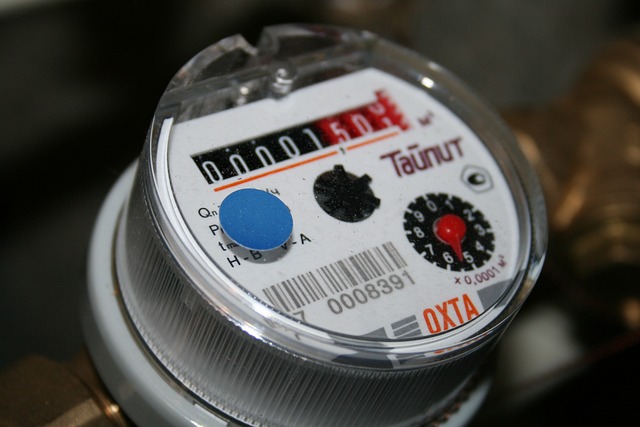Mastering Light: A Guide to Using a Light Meter in Photography
Photography is often described as the art of capturing light. As any seasoned photographer will tell you, understanding light is fundamental to creating stunning images. While many modern cameras come equipped with built-in light meters, mastering how to use a dedicated light meter can elevate your photography skills to an entirely new level.
What is a Light Meter?
A light meter is an essential tool used by photographers to measure the intensity of light in a scene. By quantifying light, photographers can make informed decisions about exposure settings, ensuring that images are both well-exposed and artistically compelling. Whether you’re shooting in bright sunlight or dimly lit environments, a light meter helps you achieve the desired exposure without guesswork.
Types of Light Meters
There are two primary types of light meters: incident and reflective. An incident light meter measures the light falling onto the subject, which makes it a reliable choice for controlling exposure. On the other hand, a reflective light meter evaluates the light reflecting off the subject. Understanding how to utilize both types can enhance your ability to capture the mood and details of the scene.
How to Use a Light Meter
Using a light meter may seem daunting, but it can be broken down into a few straightforward steps:
- Set Up the Meter: Turn on the light meter and select the appropriate mode based on the type of measurement you want to take (incident or reflective).
- Take a Reading: For incident light, hold the meter towards the light source, ensuring the white dome faces it. For reflective light, point the meter at the subject.
- Adjust Your Settings: The light meter will provide you with readings that correspond to optimal aperture and shutter speed combinations. Adjust your camera settings accordingly.
Why Use a Light Meter?
Many photographers embrace the digital age by relying on in-camera light meters, but using a dedicated light meter can provide significant benefits. Precision is one of the most compelling reasons. A dedicated meter often delivers more accurate readings, especially in complicated lighting conditions. Furthermore, it encourages a deeper understanding of how light interacts with your subject, pushing your creative boundaries.
Practical Tips for Working with Light Meters
- Experiment with Different Lighting: Practice using a light meter in various lighting situations, including golden hour, harsh sunlight, and indoor settings.
- Understand Histograms: Familiarize yourself with interpreting histograms on your camera, as they can complement your light meter readings.
- Trust Your Eye: While meters provide valuable data, it’s essential to consider your artistic vision. Sometimes, breaking the rules can lead to exceptional results.
Enhancing Your Photography Skills
Incorporating a light meter into your photography toolkit grants you greater control over exposure and composition. The knowledge gained from understanding light conditions and their effect on various subjects can turn an ordinary image into an extraordinary piece of art. So grab your camera, step outside, and start mastering the art of light!


